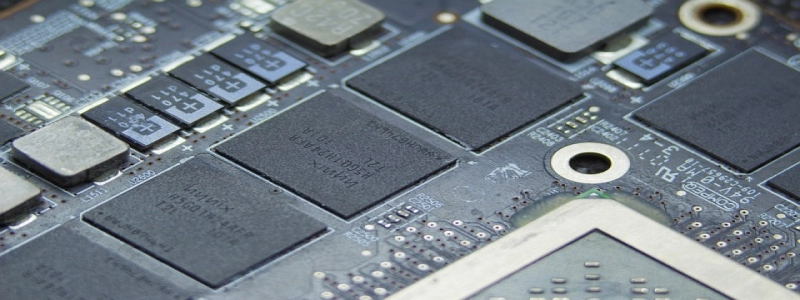BACnet over Ethernet
Introduction:
BACnet, which stands for Building Automation and Control Networks, is a widely used protocol in the field of building automation and HVAC systems. It allows devices from different manufacturers to communicate and exchange data, enabling efficient control and management of building systems. One of the ways BACnet can be implemented is over Ethernet, a popular networking technology. In this article, we will delve into the details of BACnet over Ethernet and its benefits.
I. What is BACnet over Ethernet?
BACnet over Ethernet refers to the implementation of the BACnet protocol over Ethernet networks. Ethernet provides a reliable and widely available infrastructure that allows BACnet devices to communicate seamlessly. By utilizing Ethernet as the underlying transport layer, BACnet over Ethernet enables fast and efficient data exchange between devices in a building automation system.
II. Key features and advantages:
1. Scalability: Ethernet networks can support a large number of devices, allowing for the seamless expansion of a building automation system. BACnet over Ethernet can easily accommodate the addition of new devices without causing disruptions or the need for extensive reconfigurations.
2. Higher data transfer rates: Ethernet offers high data transfer rates, allowing BACnet devices to exchange information quickly and efficiently. This is especially crucial in real-time applications that require fast response times, such as HVAC control or alarm monitoring.
3. Integration with IP-based technologies: Ethernet is seamlessly integrated with IP-based technologies, such as Internet Protocol (IP) and Transmission Control Protocol/Internet Protocol (TCP/IP). This integration facilitates the integration of BACnet devices with other IP-based systems in a building, such as access control or energy management systems.
4. Standardization: BACnet is an internationally recognized standard for building automation and control systems. By implementing BACnet over Ethernet, organizations can leverage the benefits of both Ethernet and BACnet standards, ensuring interoperability and compatibility between devices from different manufacturers.
III. Implementation considerations:
1. Network infrastructure: Implementing BACnet over Ethernet requires a robust and reliable Ethernet network infrastructure. Organizations must ensure that their network switches, routers, and cabling meet the necessary specifications to support BACnet devices and their communication requirements.
2. Security considerations: Ethernet networks, like any other network, are susceptible to security threats. Organizations should implement proper security measures, such as firewalls and encryption, to protect BACnet devices and the sensitive data they transmit.
3. Configuration and management: BACnet over Ethernet requires proper configuration and management of devices and network settings. Organizations should ensure they have the necessary expertise to configure BACnet devices and manage their communication parameters effectively.
Conclusion:
BACnet over Ethernet is a powerful and efficient implementation of the BACnet protocol in building automation systems. By leveraging the benefits of Ethernet networks, organizations can create a robust and scalable infrastructure for controlling and managing their building systems. As Ethernet continues to evolve and improve, BACnet over Ethernet will play a crucial role in the future of building automation and control.








